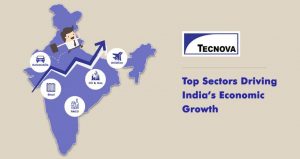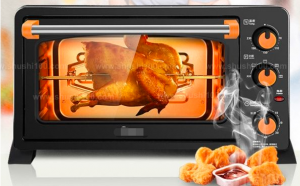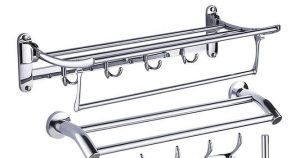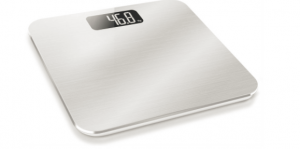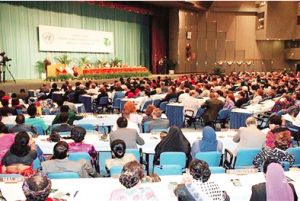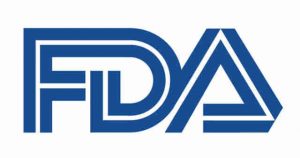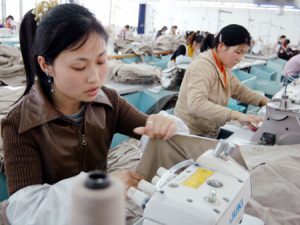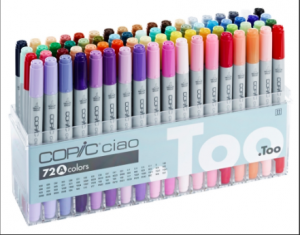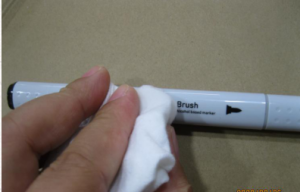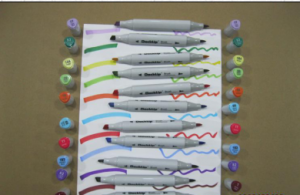1. The rapid development of the service sector determines the high speed of economic growth
Less demand for natural resources, the development of service trade in India, only 60.6% of China’s energy consumption per unit of output for the consumption of per output value $metals such as copper, lead, zinc, tin have only 35.7% of China, and less pollution to the environment, and the cost is relatively low, use less cost to get the corresponding output value, make it possible to India’s economic growth. Compare the return on investment to India and China, China’s GDP growth rate of 7.7% in 2013, the GDP growth rate of 6.9%, India and China’s economic growth rate of 0.9:1, to invest in China’s GDP is 76.7%, the proportion of the GDP proportion to invest in only about 36%, the ratio of the fixed asset investment rate of India and China is about 2:1, which means China with India by nearly two times of investment to get the same growth rate. India’s industrial investment is mainly in the service sector, which reflects the driving role of the service sector in economic growth. The service sector with high return on investment creates conditions for India’s rapid economic growth.
2. Backward agricultural development leads to high inflation and high government deficit
India is a large developing country with a large population and strong domestic demand. Backward agriculture cannot meet the expanding demand for agricultural products due to the growing population, resulting in a sharp rise in agricultural prices. Higher agricultural prices have always been a major factor in India’s chronic inflation. Between 1990 and 2010, the average growth rate of food production in India was 1.6 percent, while the average growth rate of population was as high as 1.9 percent. Backward agricultural development led to the growth rate of food production lower than the population growth rate.
In order to promote the development of agricultural production, the government has to use fiscal deficit to stimulate the development of agriculture, making the government fiscal deficit high. The Indian government’s financial subsidy for agricultural products has increased year by year, especially for food. The total subsidy has increased from 24.5 billion rupees in 1990 to 555.78 billion rupees in 2010, an increase of about 22 times in 20 years. In addition, from the proportion of food subsidies in the budget expenditure of the central government of India, the proportion of food subsidies in the total fiscal expenditure of India was still rising from 1995 to 2010, which undoubtedly increased the financial burden of the Indian government and kept the fiscal deficit high.
India’s rapid economic development has attracted worldwide attention, but there are different opinions on whether its development can be sustained. Based on the analysis of India’s industrial structure and domestic economic situation, it is difficult for India’s economy to achieve sustained high growth rate. The reason lies not only in the industrial structure of India, but also in the fact that the development of the tertiary industry of India is not based on the development of the secondary industry of India. Therefore, if India wants to achieve sustainable development, it must make up for the shortcomings of the primary and secondary industries and form a reasonable industrial structure. In addition, the limited absorption of labor force by India’s tertiary industry is inseparable, especially the demand for low-quality workers is small. For India with a large population, the lack of absorption of labor force by the tertiary industry, which accounts for the largest proportion, will seriously affect the stability and sustainable development of economy and society.
